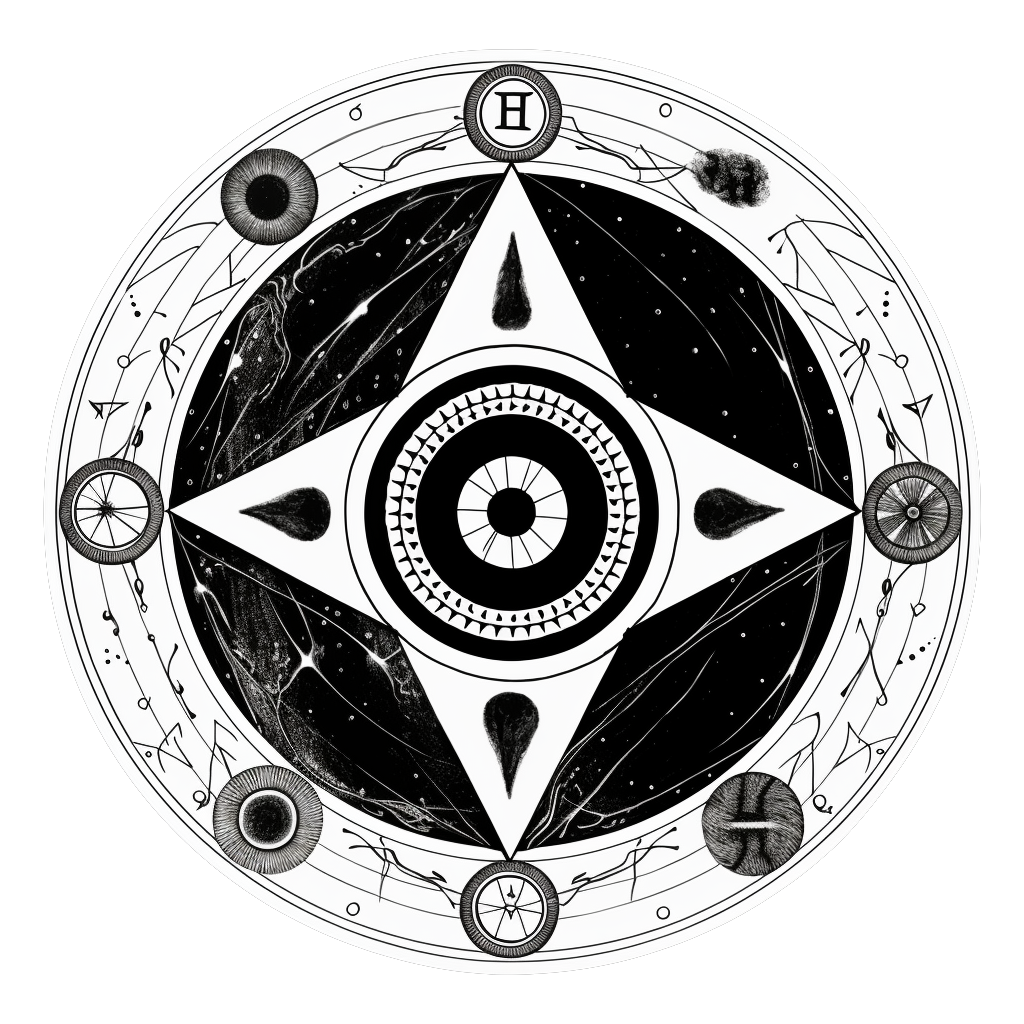The closest example of a famed Augur in Western history is found in the often-parodied work, Les Propheties, by Michel de Nostredame, more commonly referred to as “Nostradamus.” During the age of the printing press and the power of the clergy, this work was mass-produced and considered to foretell the daunting but direct futures of the Western world. Michel was a capable Augur, but he let superstition, the permanence of literacy, and the power of the clergy affect his ability to think critically and openly. He failed in his responsibility to the lore. He treated his Prophecies as a specific representation of future reality to incite fear in others and elevate his ultimately superficial status in society.
It was because of Michel’s abuse of power that the Order of Augurs was established shortly after his death in 1579. The Order is dedicated to ensuring that augurs record their predictions while remaining steadfast in the notion that actual “truth” cannot emerge from a singular and superficial cultural perspective. When this happens, the Augur’s predictions become authority, and as that authority is enforced it replaces the basic human rights of consciousness—an individual’s capacity to form autonomous meaning. The truth of our futures, rather, must be co-created and reified through open dialogue.
The Order of Augurs seek to protect that notion of truth. The time of Nostradamus was a more superstitious one, in many ways. In our time, perhaps we can think more openly about our own lore.
